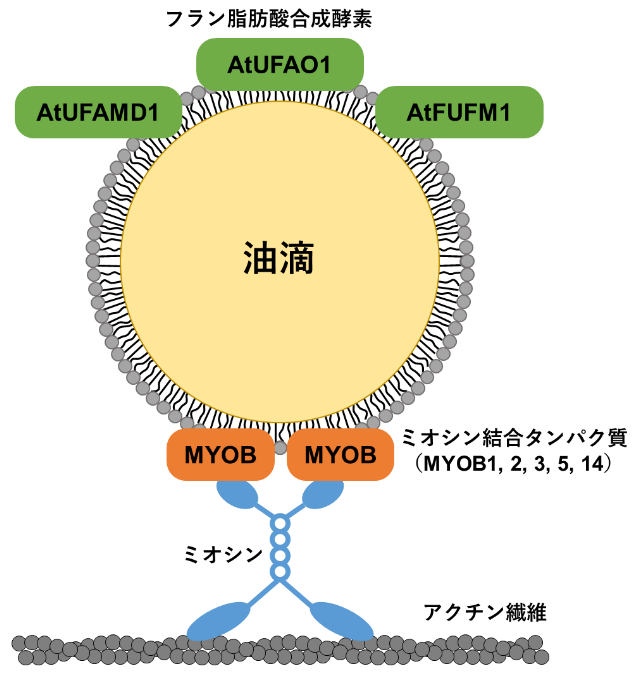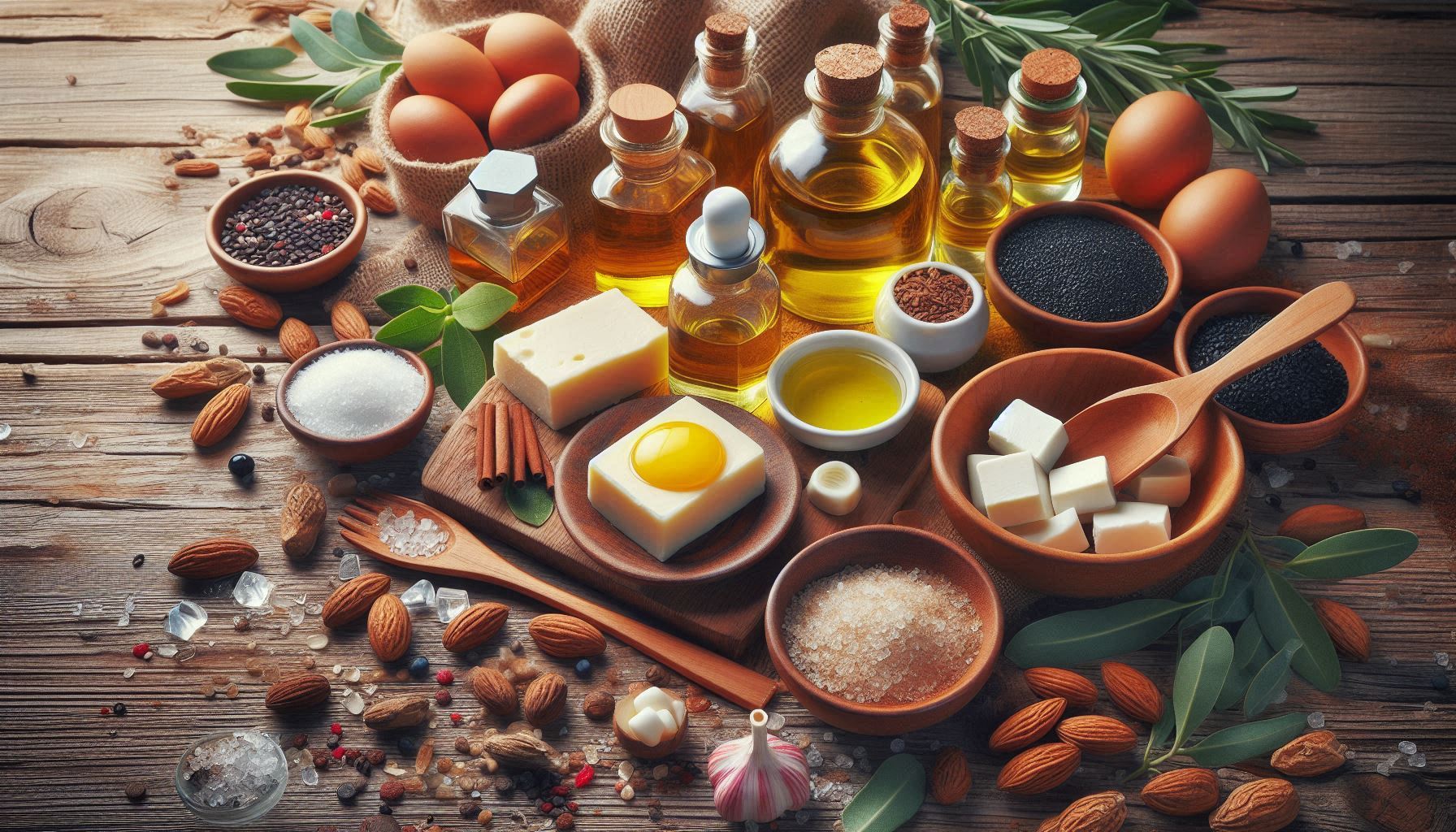While I was researching cells, I learned that lipids are important substances that form cell membranes. The word “oil” seems to be used in a broad sense to include lipids in the body, fats as nutrition, oils and fats such as vegetable oils, as well as petroleum and essential oils.
various oils
Oils include fats and oils such as vegetable oils (main components: fatty acids and glycerin), mineral oils such as petroleum (main components: carbohydrates), and essential oils such as aromas (main components are terpenes). Fatty acids include unsaturated fatty acids that do not solidify, such as those in vegetable oils, and saturated fatty acids that solidify, such as those in animal fats. The bond types of unsaturated fatty acids are cis and trans isomers, with the cis type being the most common type in nature. The bias in isomers that exist in nature is similar to the story of L-type amino acids.
oil in the body
The word “oil” may conjure up many different images, but cells cannot form without it. The phospholipids that make up cell membranes form two layers, a structure common to almost all living organisms. Furthermore, the lipids in cell membranes produce substances called prostaglandins and leukotrienes that attract white blood cells, acting as a defense against cells infected with bacteria. These are called physiologically active substances or lipid mediators.It appears that the discovery of first, second, and third generation lipid mediators is progressing, and the world of lipids appears to be quite deep.
Oil as an energy source
Lipids have more than twice as many calories as carbohydrates, and mineral oils such as petroleum also have more calories than other fuels. The reason they can retain so much energy seems to be because they have a long chain of carbon and hydrogen. High calories mean that a large amount of energy can be produced from a small amount, making them efficient in both storage and use.
Many animals seem to like oil, but for animals like birds that want to keep their bodies light, low-weight, high-calorie oils are an important source of energy. Some plants use oil as energy for germination of plant seeds, and some plants store oil in their leaves. So plants also gain weight through their leaves.

Natural circulation of oil
I’ve always wondered why oil exists in nature, but it turns out there are organisms that eat it. They are sometimes called petroleum-decomposing bacteria or mineral oil-decomposing bacteria, but they are also called oil field bacteria. Apparently there are bacteria found in Shizuoka, Niigata, and Fukui prefectures that break down paraffins such as alkanes at room and high temperatures, and that break down aromatic hydrocarbons such as naphthalene in extremely low oxygen conditions. There are also bacteria that produce alkanes, which may also be part of the material cycle associated with oil.
Oil is amazing
Many aromatic substances such as aromatic hydrocarbons and terpenes are classified as oils. The properties of oil, which constitutes the cell membranes of most living organisms, is suitable for storage, and is used as a highly efficient energy source, seem to have a wide range of uses. Most oils float on water, but it’s amazing that they are light and have such a high energy content. Oil is amazing. The life on Earth is amazing.


